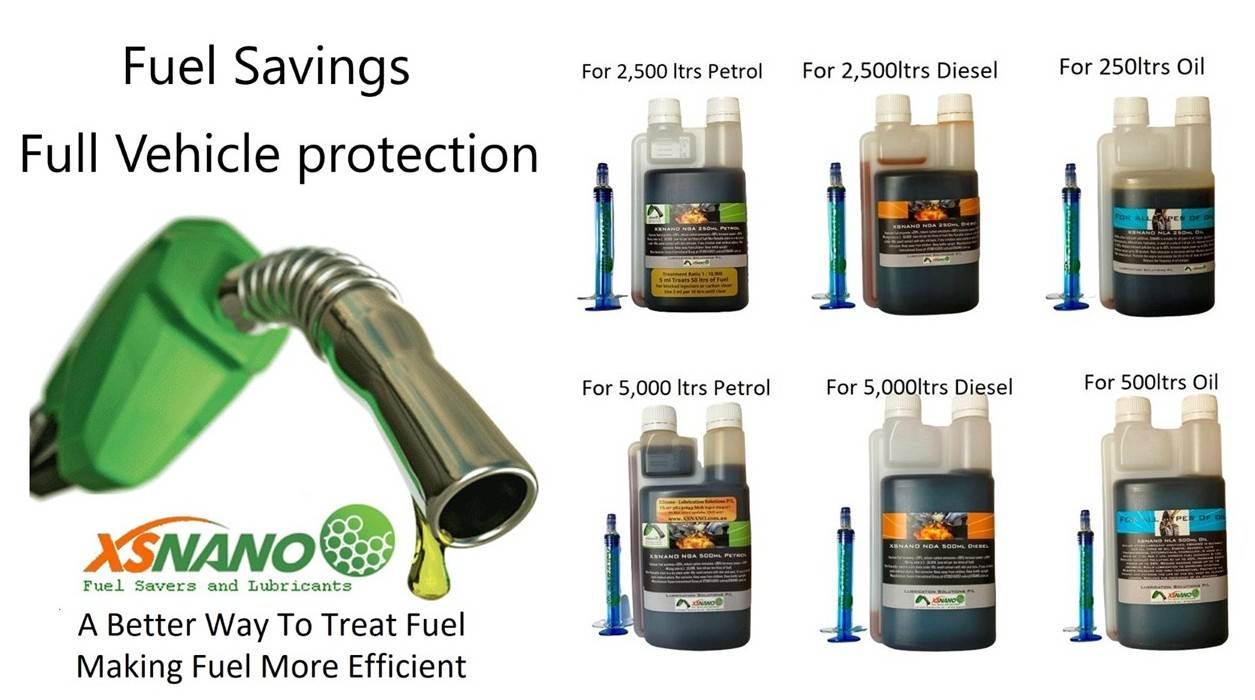Electric vehicles or Cleaner and cheaper fuel?

Unveiling the Oversight: XSNANO vs. Electric Vehicles in Emission Reduction Efforts
In the global pursuit of sustainability, the transportation sector is a significant contributor to greenhouse gas emissions and air pollution. Governments worldwide have been championing the adoption of electric vehicles (EVs) as a primary solution to curb emissions and combat climate change. However, amidst the enthusiasm for electrification, a potent yet overlooked technology exists - XSNANO fuel treatment. This readily available additive offers a compelling alternative to reducing emissions in internal combustion engines, raising the question: Why are governments prioritizing costly EV incentives while overlooking the immediate benefits of XSNANO?

The push for electric mobility is undeniable, with EVs hailed as a game-changer in transitioning to a greener transportation landscape. Governments have rolled out various incentives, including subsidies, tax breaks, and infrastructure investments, to accelerate the adoption of EVs. While EVs undoubtedly offer zero tailpipe emissions and long-term environmental benefits, their widespread deployment faces significant hurdles. Challenges such as high upfront costs, limited charging infrastructure, and range anxiety hinder their mass adoption, especially in regions with lower purchasing power and underdeveloped infrastructure. All of which costs the taxpayer a lot of money.
Enter XSNANO fuel treatment - A nanotechnology-based additive poised to revolutionize emission reduction in traditional combustion engines. Unlike EVs, which require substantial investments in new vehicle fleets and charging infrastructure, XSNANO offers a cost-effective and immediate solution. By optimizing combustion processes and reducing friction within engines, XSNANO improves fuel efficiency and lowers emissions, including harmful pollutants and greenhouse gases. Moreover, XSNANO can be seamlessly integrated into existing vehicles and infrastructure without requiring extensive modifications or overhauls.
The affordability and scalability of XSNANO make it a compelling alternative to costly EV investments. Fleet operators, transportation companies, and individual vehicle owners can adopt XSNANO without significant capital expenditure, making emission reduction accessible to a broader demographic. Furthermore, the versatility of XSNANO extends beyond passenger vehicles to encompass a wide range of applications, including trucks, buses, ships, and power generators. This adaptability positions XSNANO as a comprehensive solution to mitigate emissions across various sectors of the economy.
Despite its immense potential, XSNANO remains largely overlooked in governmental emission reduction strategies. While governments allocate substantial resources to promote EV adoption, they have yet to recognize the value of XSNANO as a complementary solution fully. The lack of regulatory support, public awareness, and incentives for XSNANO deployment have hindered its widespread adoption, perpetuating the dominance of conventional combustion engines and their associated emissions.
Governments must reassess their emission reduction strategies and acknowledge the immediate benefits of XSNANO in curbing air pollution and mitigating climate change. By incentivizing the adoption of XSNANO through targeted policies, research funding, and public awareness campaigns, governments can unlock their full potential in reducing emissions from internal combustion engines. Moreover, integrating XSNANO into existing emission standards and regulatory frameworks can accelerate its adoption and facilitate a smoother transition towards a sustainable transportation ecosystem.
In conclusion, while electric vehicles hold promise in reducing emissions, governments must not overlook the immediate benefits of technologies like XSNANO in mitigating air pollution and combating climate change. By embracing XSNANO as a cost-effective and scalable solution, governments can diversify their emission reduction strategies and pave the way for a greener and more sustainable future. It's time to shift the spotlight towards XSNANO and harness its transformative potential in the global fight against emissions.
And there is no need to buy a new vehicle, which most Australians cannot afford to do.
Learn more about how we can reduce emissions in Diesel and Petrol right now and reduce emissions the inexpensive way.
